US Open at Shinnecock Hills: The toughest major, but some are just glad to play
- Published
- comments
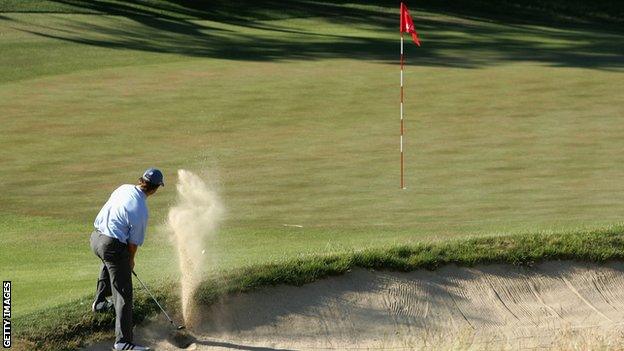
Retief Goosen won the last US Open played at Shinnecock Hills in 2004 with a score of just four under par, on a final day when nobody beat par
US Open, Shinnecock Hills, New York, 14-17 June |
|---|
Coverage: Live text and radio commentary on the BBC Sport website, BBC Radio 5 live and Radio 5 live Sports Extra |
Traditionally the US Open is the toughest and most uncompromising major. It is also the most controversial, especially when the US Golf Association sets up its courses at the very edge of playability.
The quest to win the USA's national title usually provides golf's harshest test but it always attracts a world-class and eclectic field. This week's Championship, staged at Shinnecock Hills, set in the opulent Hamptons of Long Island, New York, is no exception.
It is a classic golf course - firm, fast and open with a linksy feel. There are 156 starters fervently hoping the USGA does not ruin it as it did in 2004 - the last time the US Open was staged there.
But at this stage there is that delicious sense of anticipation that comes with every major. The world's best are about to do battle among a field of players thrilled to be part of the championship.
So while world number one Dustin Johnson prepares to tee it up with Justin Thomas and Tiger Woods, there are plenty of other competitors with compelling back stories that bring a touch of romance to the year's second major.
Take the British contingent for example. It includes cancer survivor Matthew Southgate and the ever popular Andrew Johnston, who both came through qualifying at Walton Heath last week.
Incidentally, 'Beef' - as Johnston is more commonly known - has been paired with Daniel Berger. How the USGA loves to give us a chuckle.
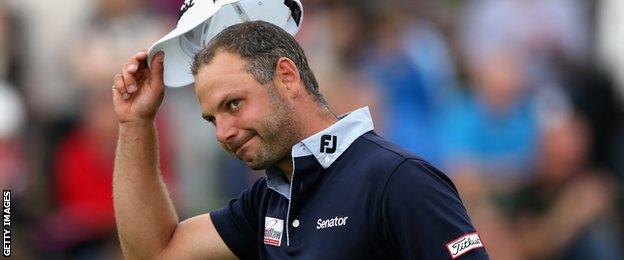
World number 247 Paul Waring will make his debut at this year's US Open, the first pro event he has played in the United States
And then there is Merseysider Paul Waring, who had one of the most tortuous journeys into the field, emerging from what should have been a nine-man play-off for the one remaining spot at Walton Heath.
Waring thought he had blown it with a poor back nine in his second round of the 36-hole qualifier but eventually he was among eight hopefuls (Alexander Bjork was already at the airport, thinking his chances had gone) in a sudden-death shootout for Shinnecock.
"To be gifted another opportunity, I was obviously elated," Waring told BBC Sport. "I was determined not to let that chance get away from me."
Waring's birdie at the first extra hole was matched by Ryan Evans, so it suddenly became a two-man showdown, which was settled at the fourth extra hole when Waring slotted home a decisive six-footer.
"I hit a lovely putt, felt really comfortable over it and that got me through," he said. "That was the only mission of the day - it's not like a normal tournament where you are battling for every world ranking point or every Euro."
Waring has been a touring professional for 11 years but has never competed in a pro event in the States.
"I've played in the Open a few times, but to go and actually qualify and play in the US on that stage, I'm really looking forward to it," he said.
"I would consider it my career highlight to be honest. I'm looking forward to seeing what it brings, how big the challenge is.

Brooks Koepka won last year's US Open with the equal lowest winning score of 16 under
"I know it is going to be both a mental test and physical test and I'm more than happy to go and embrace that challenge.
"It'll be my first time playing in front of American crowds, so I'm looking forward to feeling that energy and their electricity."
What sort of test will Waring and the other 155 starters face on this 7,440-yard par-70 layout? The course is always the story at US Opens and already the fairway widths have become an issue.
This follows redesign work carried out by renowned architects Bill Coore and Ben Crenshaw, who wanted wide open fairways to make for a strategic test of angles.
But last year's bomber's paradise at Erin Hills, where the mown areas were as wide as runways and Brooks Koepka won at 16 under par, has prompted a rethink.
"Looking back, there wasn't enough of a premium on accuracy," admitted USGA chief executive Mike Davis.
"The average fairway width at Shinnecock in 2004 was 26.6 yards - the narrowest 25 yards, the widest 30 yards - the average now is 41.6 yards.
"That's 15 yards wider, a full 50%. On the other hand, it's substantially narrower than what Bill Coore and the club had. We felt if we didn't narrow it some, the one element the course wouldn't have was accuracy."
So it will be the widest set-up for a Shinnecock Hills US Open, but the key will be making sure the USGA does not lose the greens as it did 14 years ago.
The 189 yard par-three seventh became a farce with players deliberately aiming to land their tee shots in bunkers because the green was rock hard. There were three footers running off the putting surface and staff needed to water the green between groups.
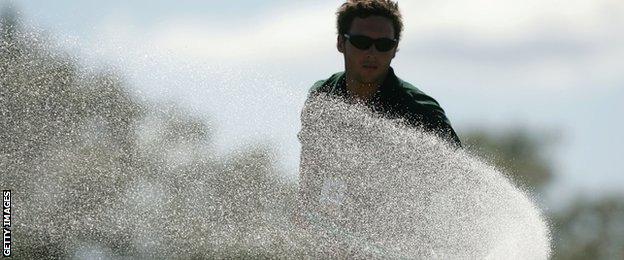
When the US Open was last held at Shinnecock Hills in 2004, ground staff had to water the greens in between groups because they were so hard
It was another example of the USGA going too far in its mission to mess with players' heads.
Rory McIlroy believes the organisers over-analyse the way they present US Open layouts.
"I don't think it should be as much of an exact science to set up golf courses," the Northern Irishman said. "Get the fairways sort of firm, grow the rough, put the pins in some tough locations, but fair, and let us go play."
Precocious talents such as McIlroy, Thomas, Jordan Spieth and Masters winner Patrick Reed populate the top of the game, with old stagers such as Woods and Phil Mickelson still potential threats. The ingredients are there for a classic US Open.
And for the likes of Waring there is the opportunity to embrace a new and thrilling challenge. It is only now that the 2005 English Amateur champion has felt ready to take on the demands of golf's toughest major.
"For a US Open I always felt you needed to have your golf game in a certain place and I never thought over the last few years that I was in a place to really compete," he admitted.
"Now I have a more mature head on my shoulders and feel I can get it round most golf courses these days. I'm looking forward to the challenge of it."
- Published13 June 2018
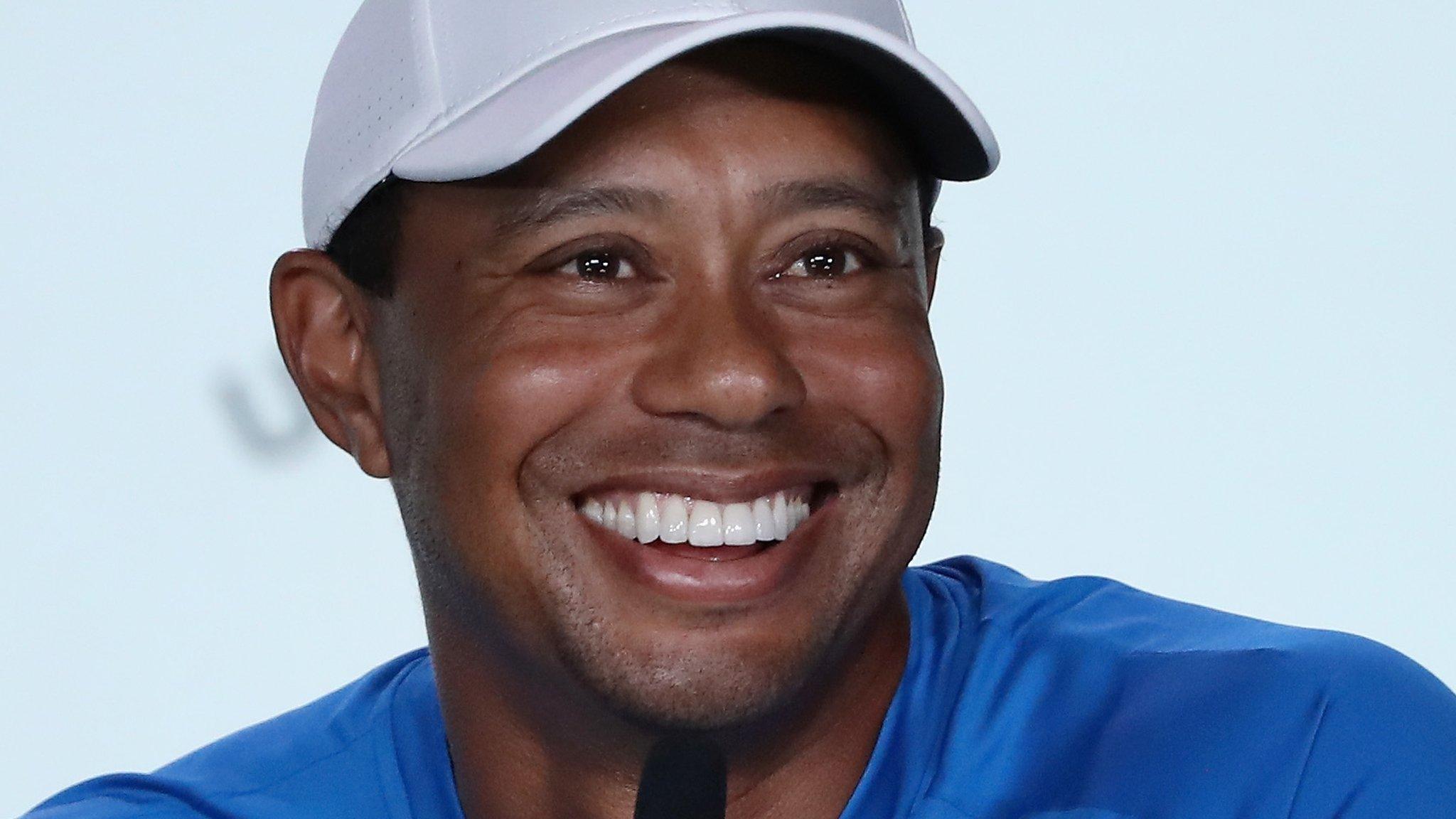
- Published19 June 2017
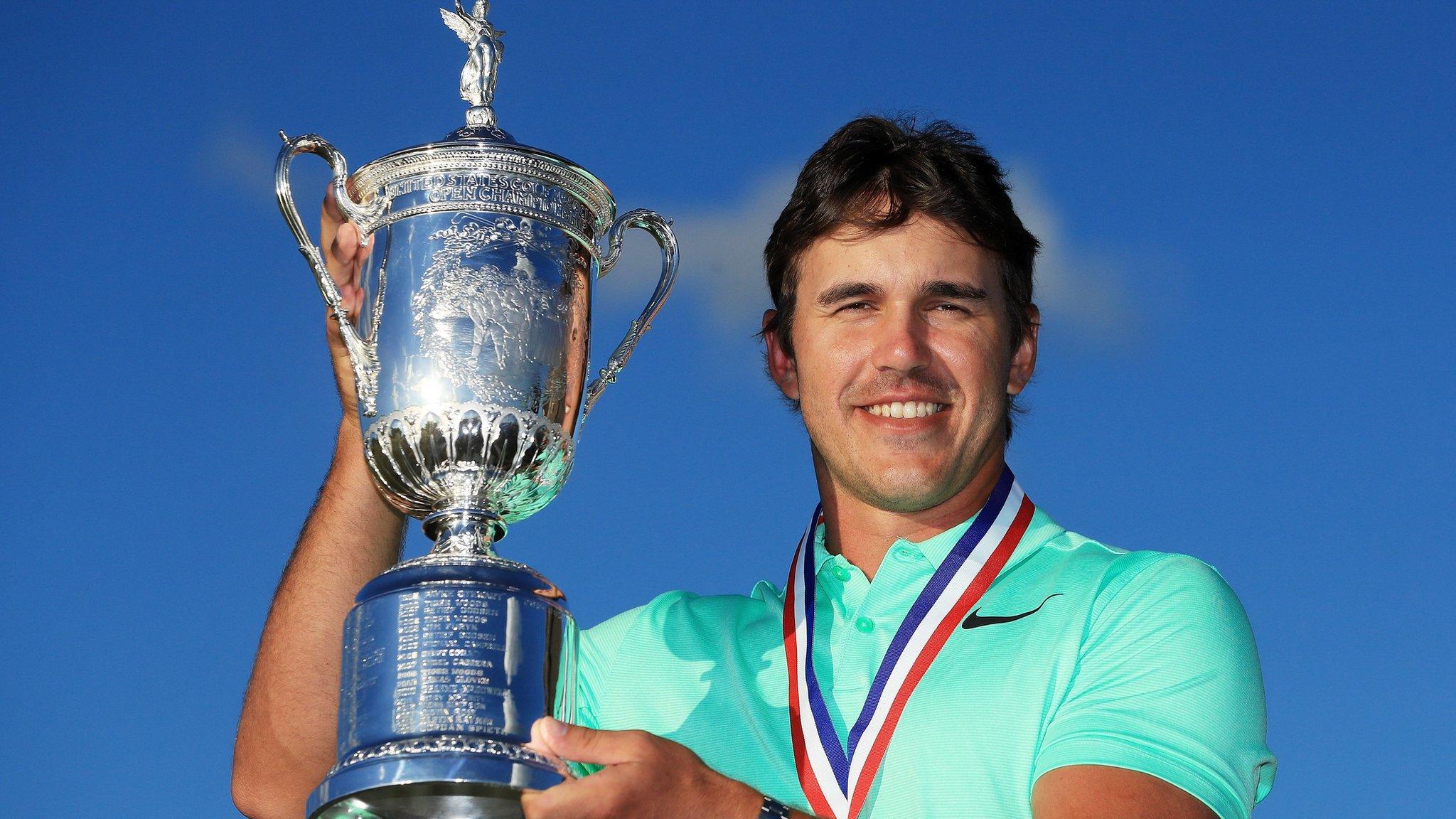
- Published4 June 2018